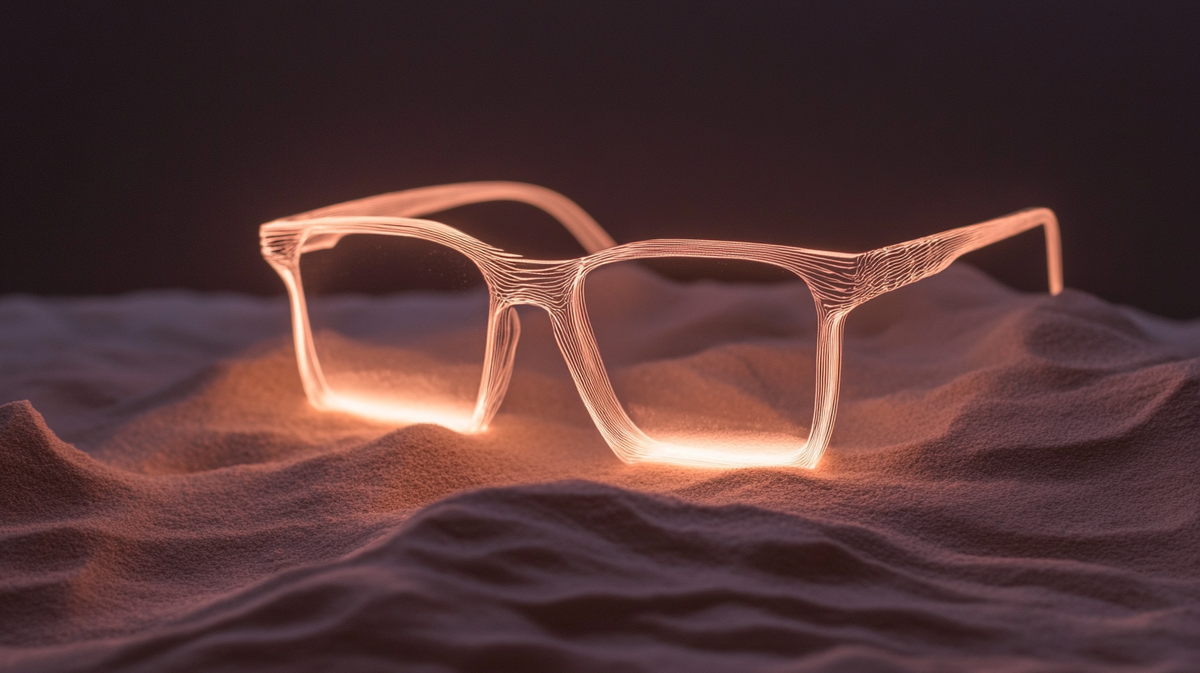New Single-Layer AR Waveguide Display Developed Using Achromatic Metagratings

- Researchers from Samsung and POSTECH design ultra-thin, full-color display tech for lighter, more efficient AR glasses.
- Nanostructured waveguide delivers improved brightness, color fidelity, and a simplified form factor.
A team of researchers from Samsung Research and POSTECH (Pohang University of Science and Technology) has developed a groundbreaking single-layer augmented reality waveguide display using achromatic metagratings — a major leap forward in compact, high-performance AR optics.
The new design addresses long-standing issues with multi-layer waveguide systems, such as poor color uniformity and excessive bulk. By using periodic arrays of nanoscale rectangular structures that diffract red, green, and blue light in the same direction, the device achieves achromatic light propagation with high brightness and reduced form factor. The result: a 500-μm-thick full-color AR display with a sufficient eyebox and significantly enhanced ergonomics.
The study represents a collaborative effort between Samsung Electronics (Seoul) and multiple departments at POSTECH, including Mechanical, Chemical, and Electrical Engineering, as well as the POSCO-POSTECH-RIST Convergence Research Center and the National Institute of Nanomaterials Technology (NINT).
🌀 Remix Reality Take:
AR glasses can’t go mainstream if they stay bulky. This nanoscale optical redesign from Samsung and POSTECH makes thinner, lighter, better-looking waveguides possible — and that changes everything.
Source: Nature Nanotechnology, 2025





